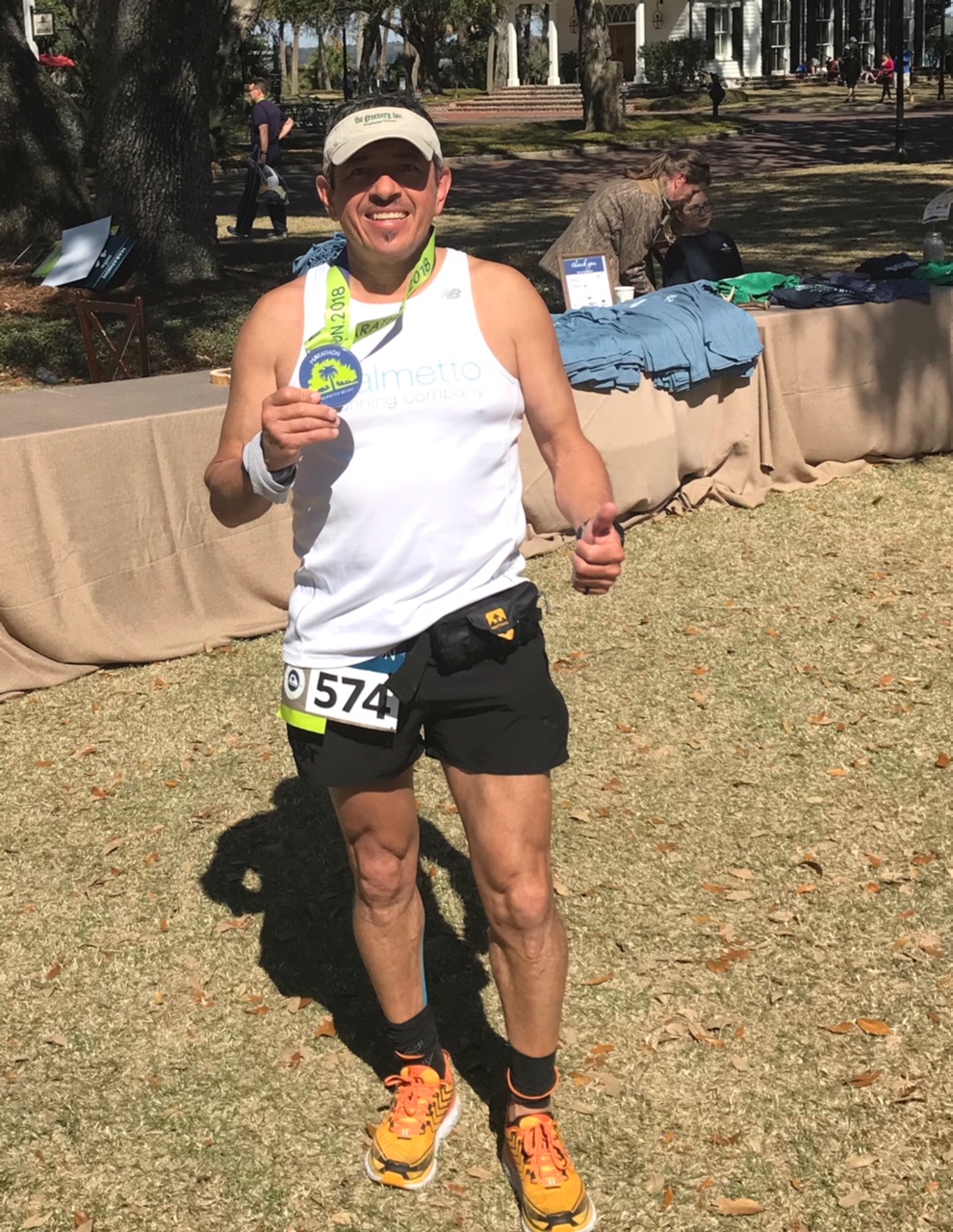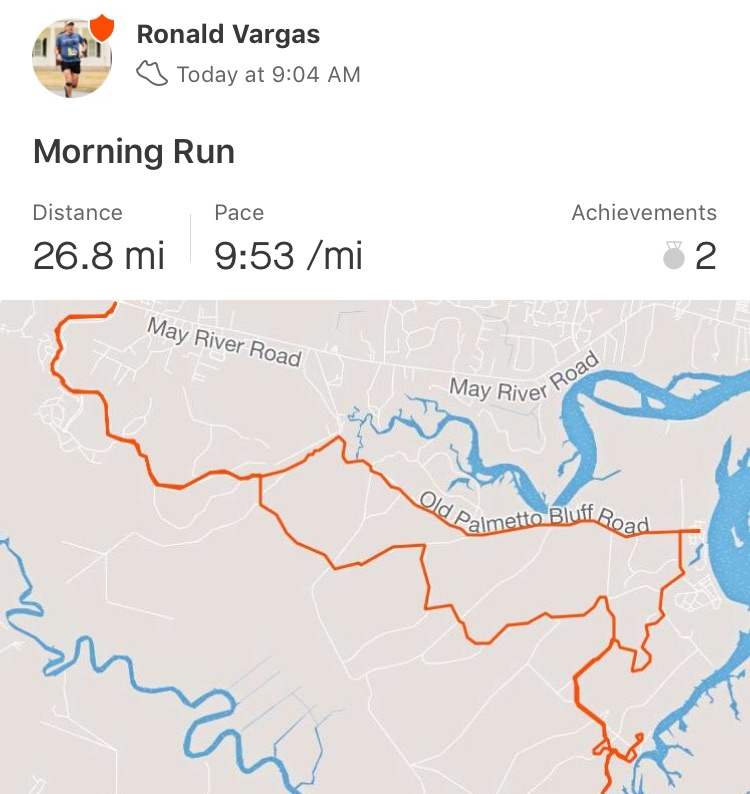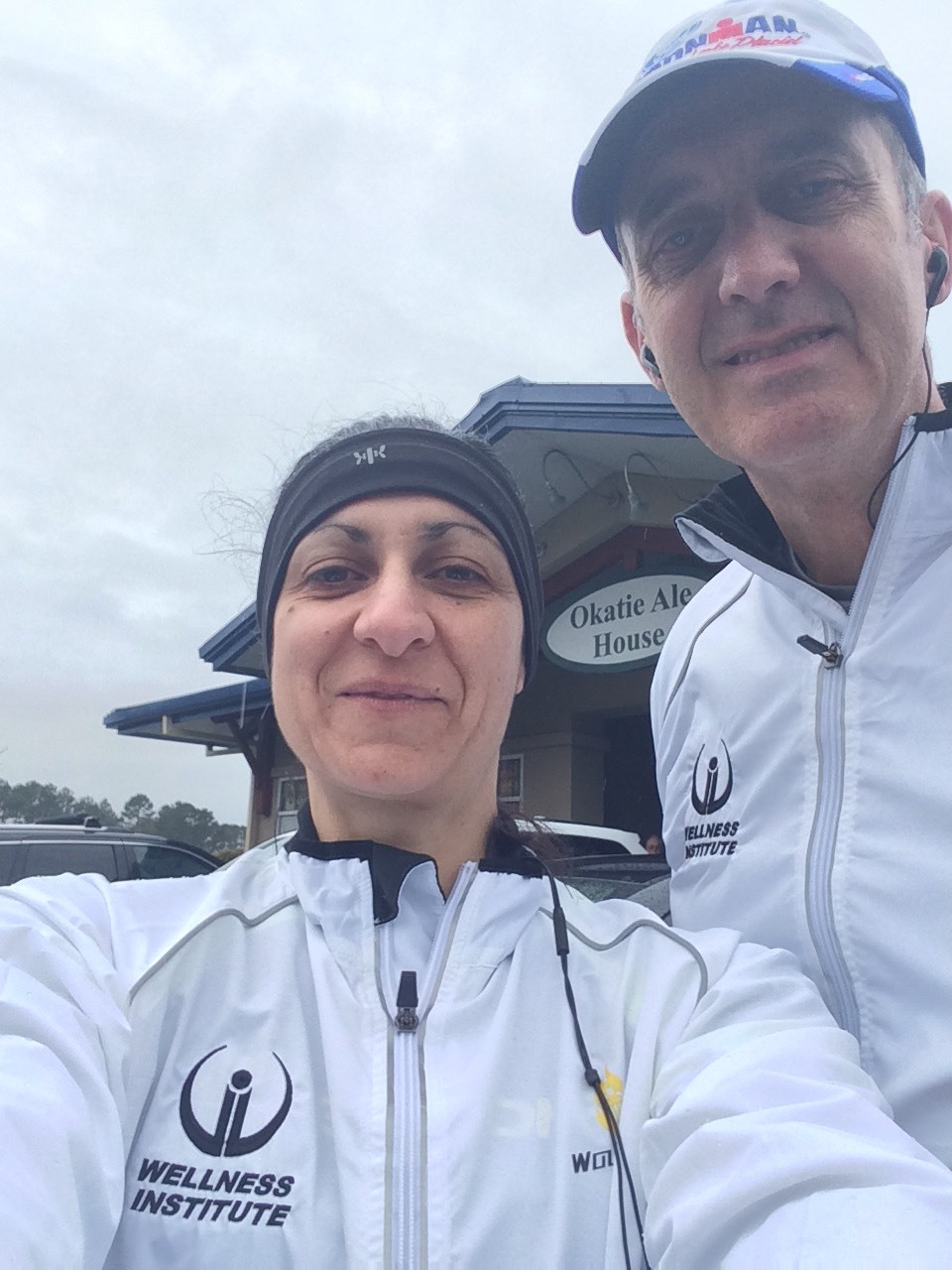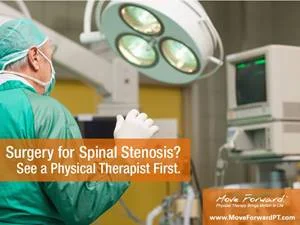America's opioid epidemic is being felt nationwide.
Recent guidelines and consensus studies from The Centers for Disease Control and Prevention (CDC), the American College of Physicians, and the National Academies (Health and Medicine Division) encourage health care providers to pursue safer alternatives, like physical therapy, for most non-cancer-related pain management. Choosing physical therapy is a safe and effective alternative to manage and treat pain, and can help you avoid the risks and side effects of opioids.
Statics from the CDC, the Substance Abuse and Mental Health Services Administration, the Agency for Healthcare Research and Quality, and the Henry J. Kaiser Family Foundation reveal the gravity of the problem.
1. In 2016, health care providers across the US wrote more than 214 million prescriptions for opioid pain medication, a rate that demonstrated 66.5 prescriptions per 100 people. Some counties had rates 7 times higher than that.
2. As many as 1 in 4 people who receive prescription opioids long-term for noncancer pain in primary care settings struggle with addiction.
3. From 1999 to 2015, more than 183,000 people have died in the US from overdoses related to prescription opioids.
4. While opioid abuse is down in younger Americans, it has risen among older adults. For adults aged 50 years and older, opioid abuse doubled from 1% to 2%.
5. Every day, more than 1,000 people are treated in emergency departments for misusing prescription opioids.
6. Veterans are twice as likely to die from accidental opioid overdoses as non-veterans.
7. Opioid-related hospitalizations among women in the US increased by 75% between 2005 and 2014.
Do you know someone in pain? Encourage them to talk to her or his physician or physical therapist about safe ways to manage pain.
The American Physical Therapy Association’s #ChoosePT campaign raises awareness about the risks of opioids and the safe alternative of physical therapy for chronic pain management.
References
- The Henry J. Kaiser Family Foundation. Published December 9, 2016. Accessed January 30, 2017.
- Qaseem A, Wilt TJ, McLean RM, Forciea MA; Clinical Guidelines Committee of the American College of Physicians. Noninvasive treatments for acute, subacute, and chronic low back pain: a clinical practice guideline from the American College of Physicians. Ann Intern Med. 2017;166:514–530. Article Summary in PubMed.
- National Academies of Sciences, Engineering and Medicine. Accessed September 20, 2017.
- Centers for Disease Control and Prevention. Accessed August 23, 2017.
- Substance Abuse and Mental Health Services Administration. Accessed August 24, 2017.
- Agency for Healthcare Research and Quality. Accessed August 24, 2017.
- Bohnert AS, Ilgen MA, Galea S, McCarthy JF, Blow FC. Accidental poisoning mortality among patients in the Department of Veterans Affairs Health System. Med Care. 2011;49(4):393–396. Article Summary in PubMed.





















